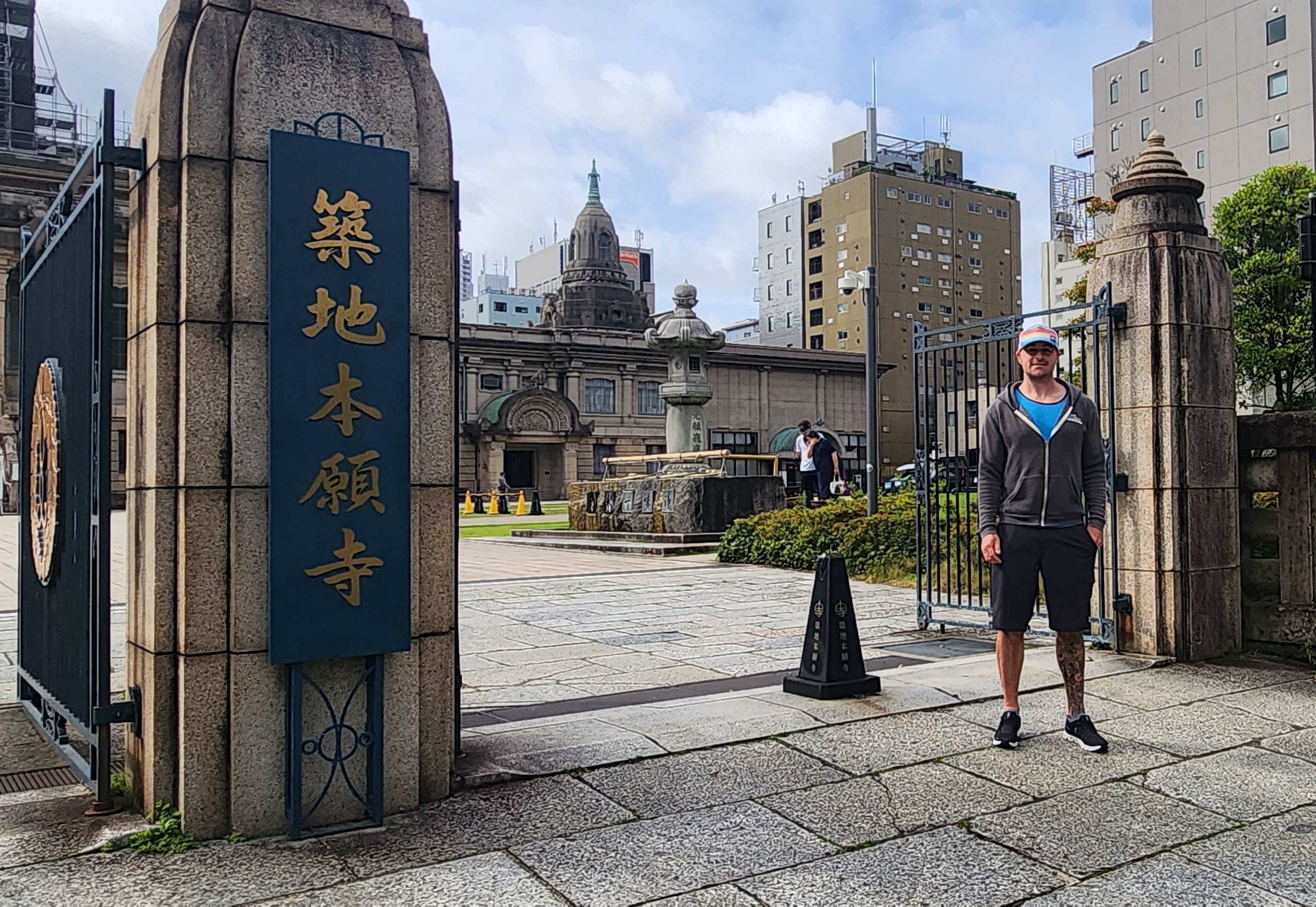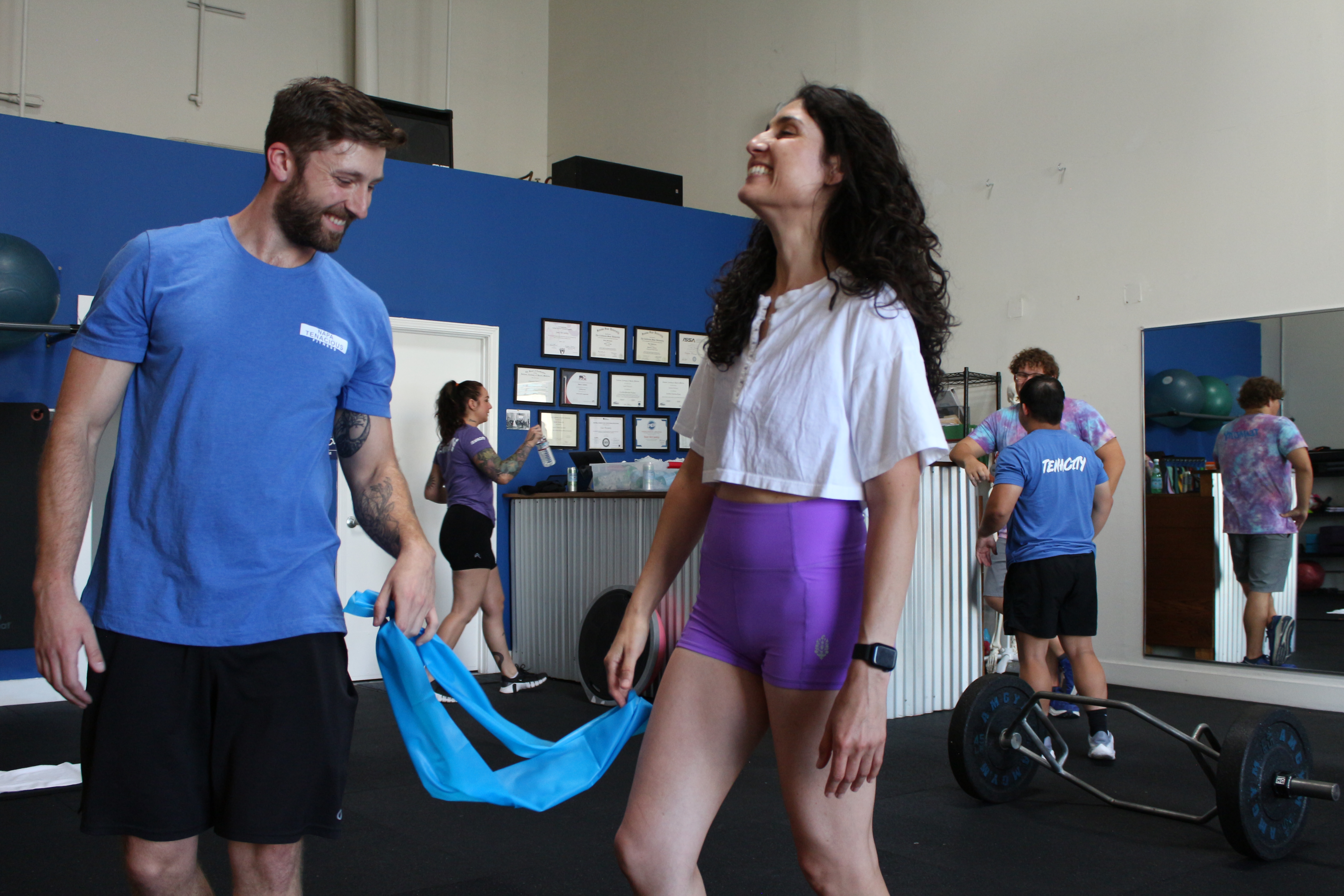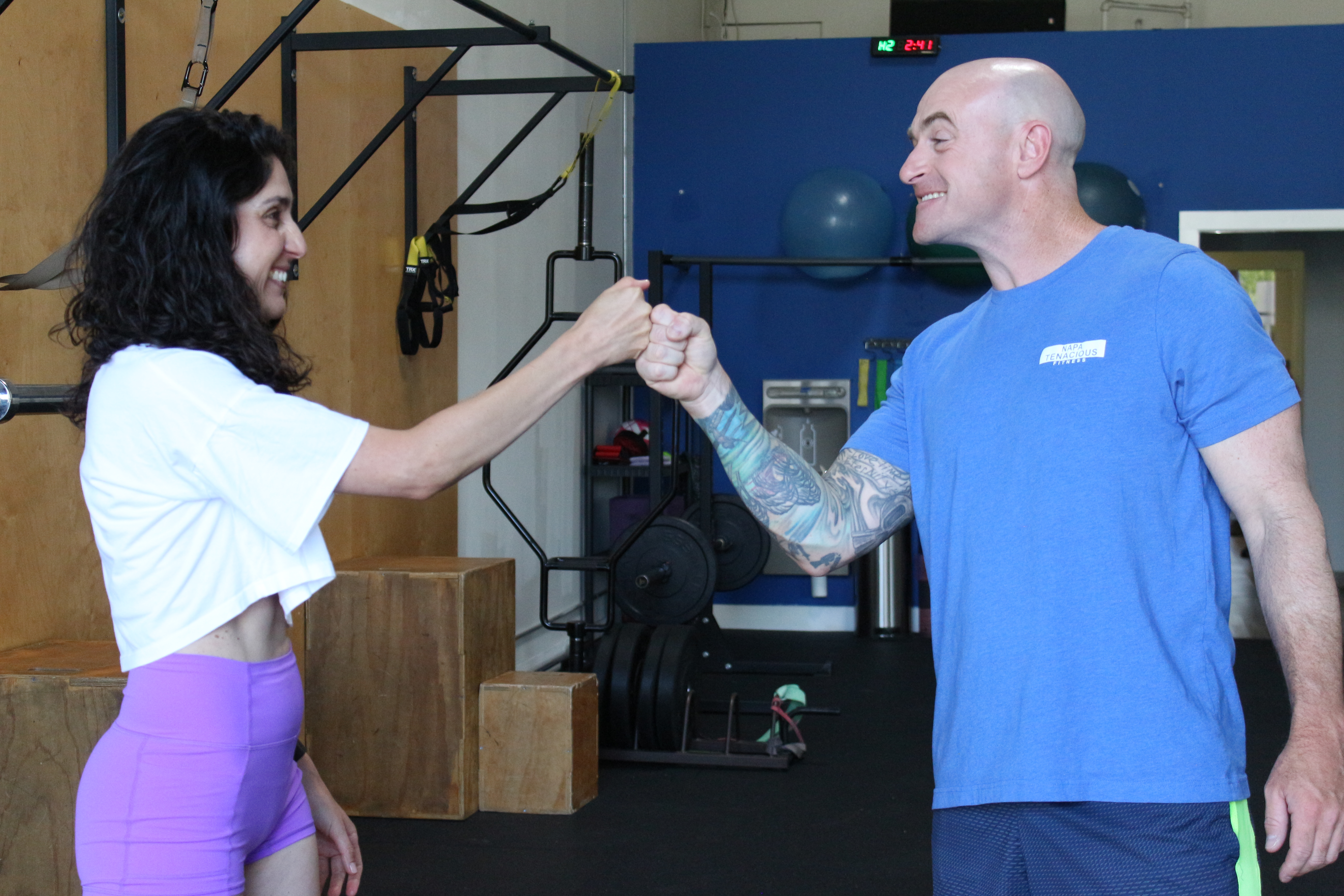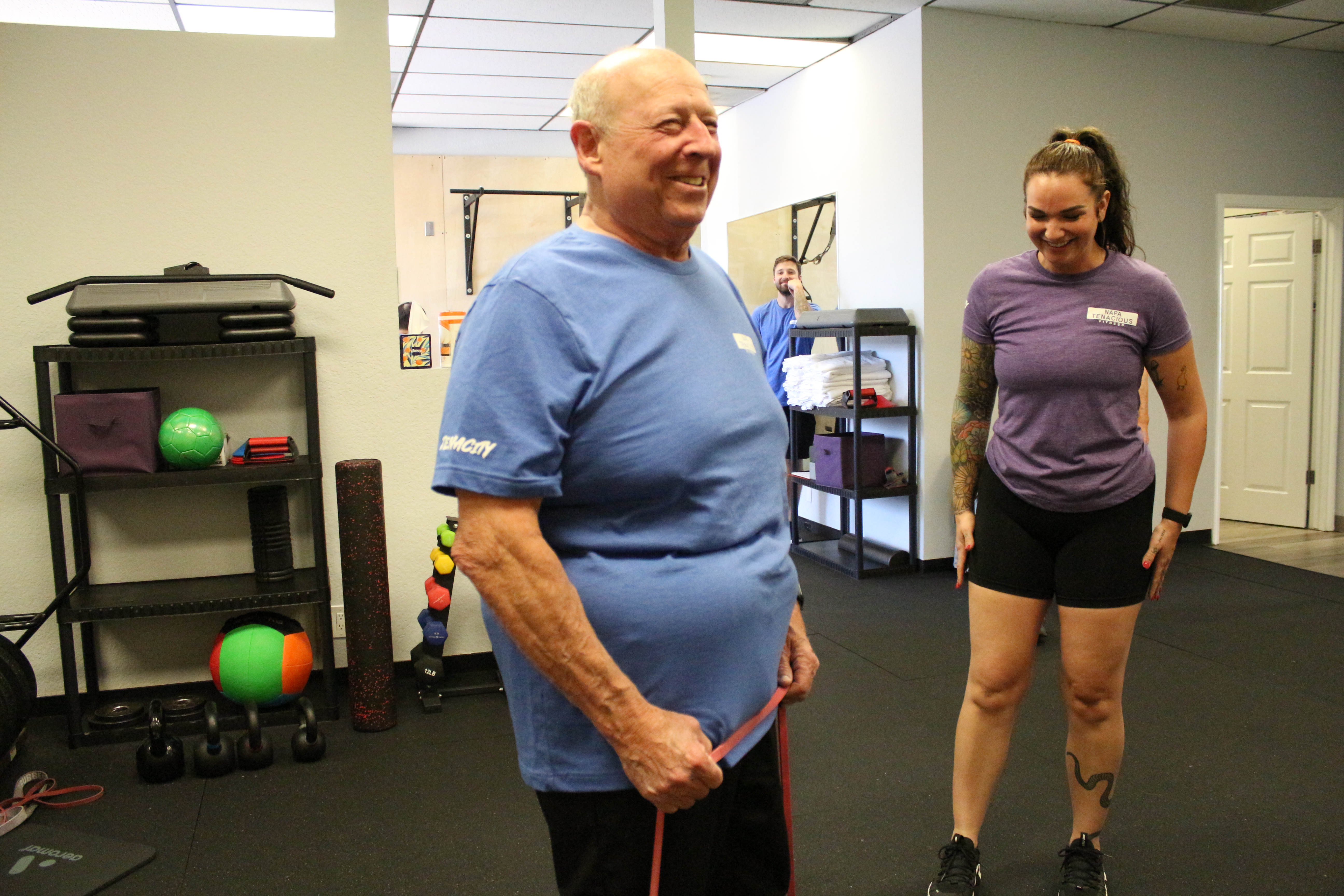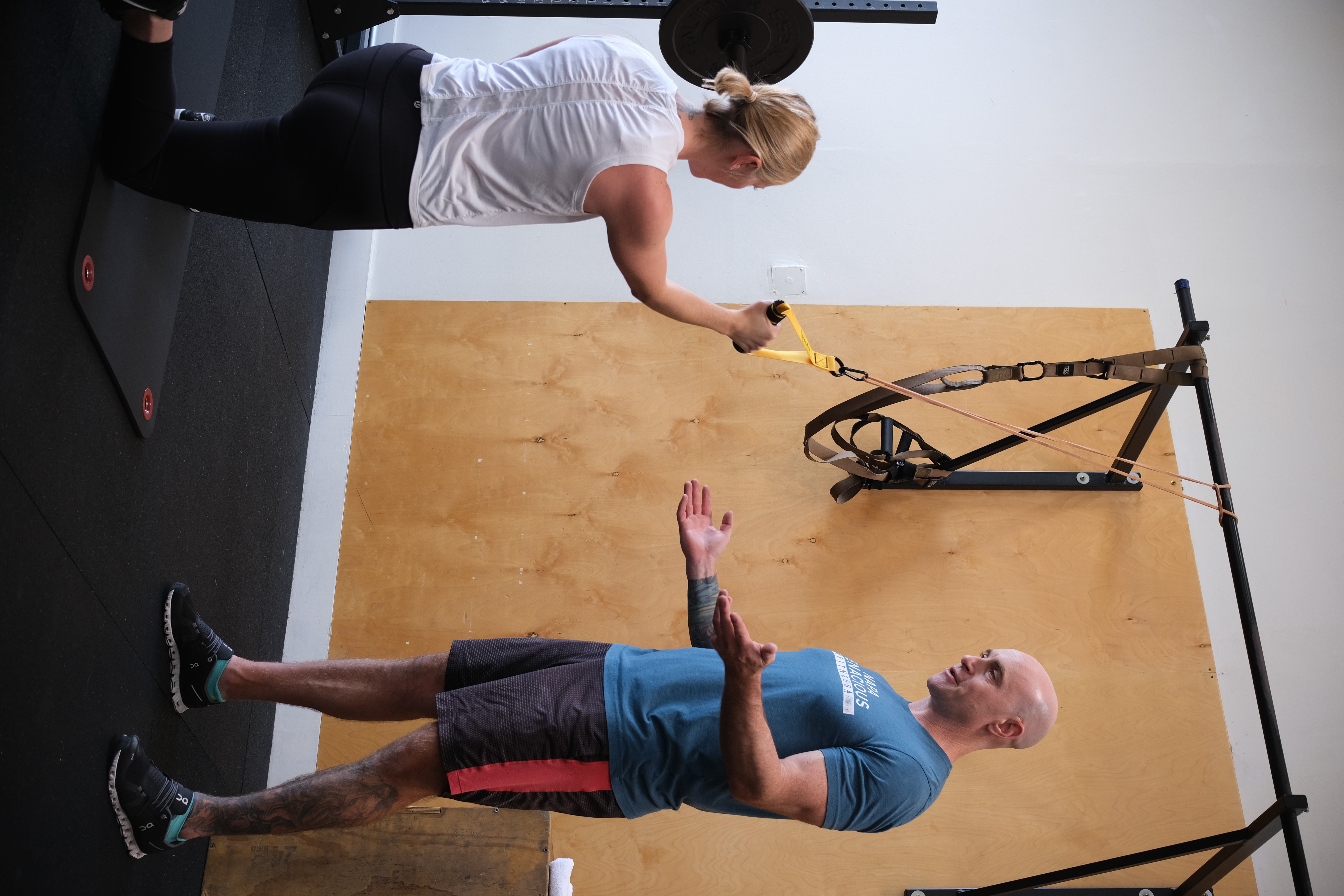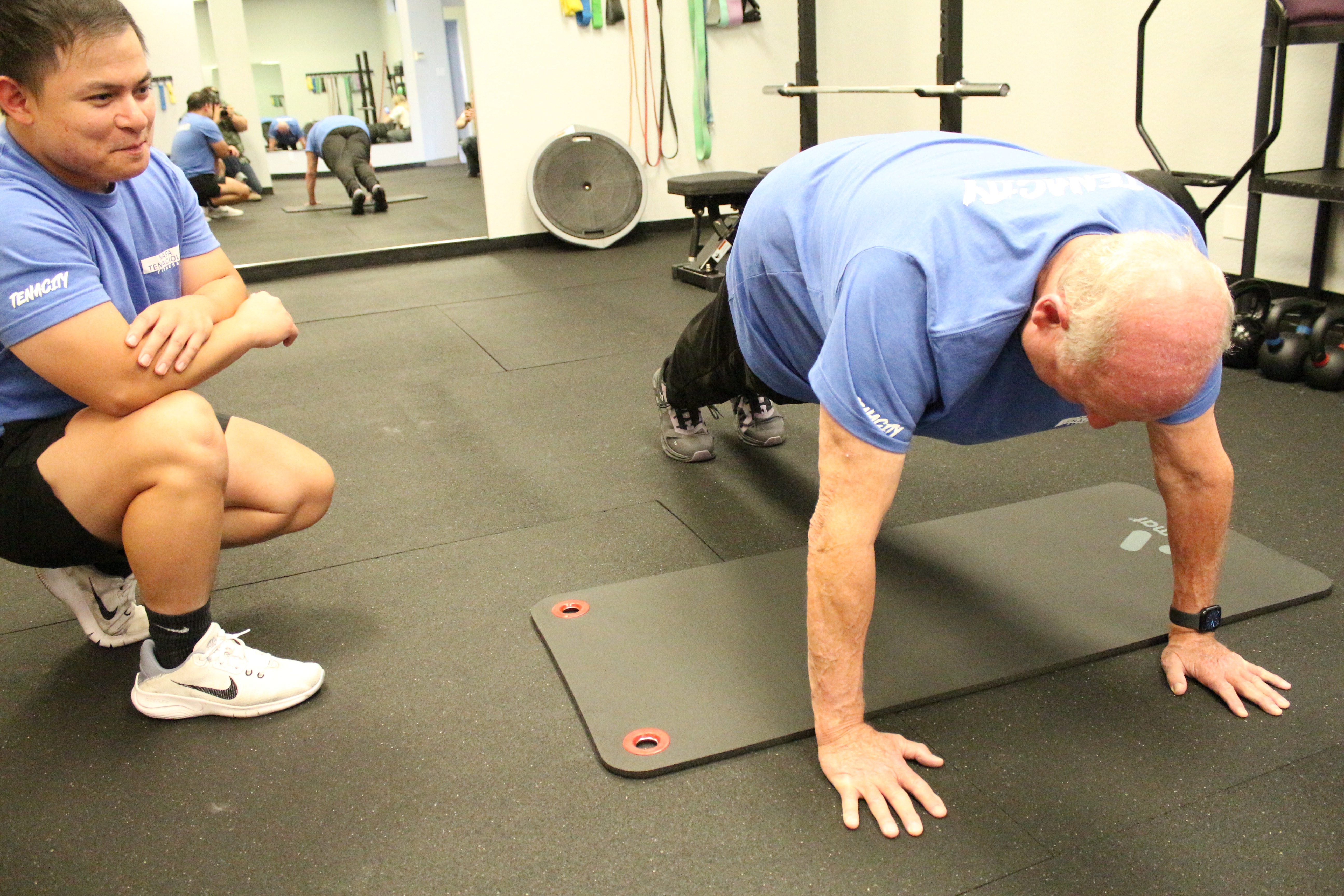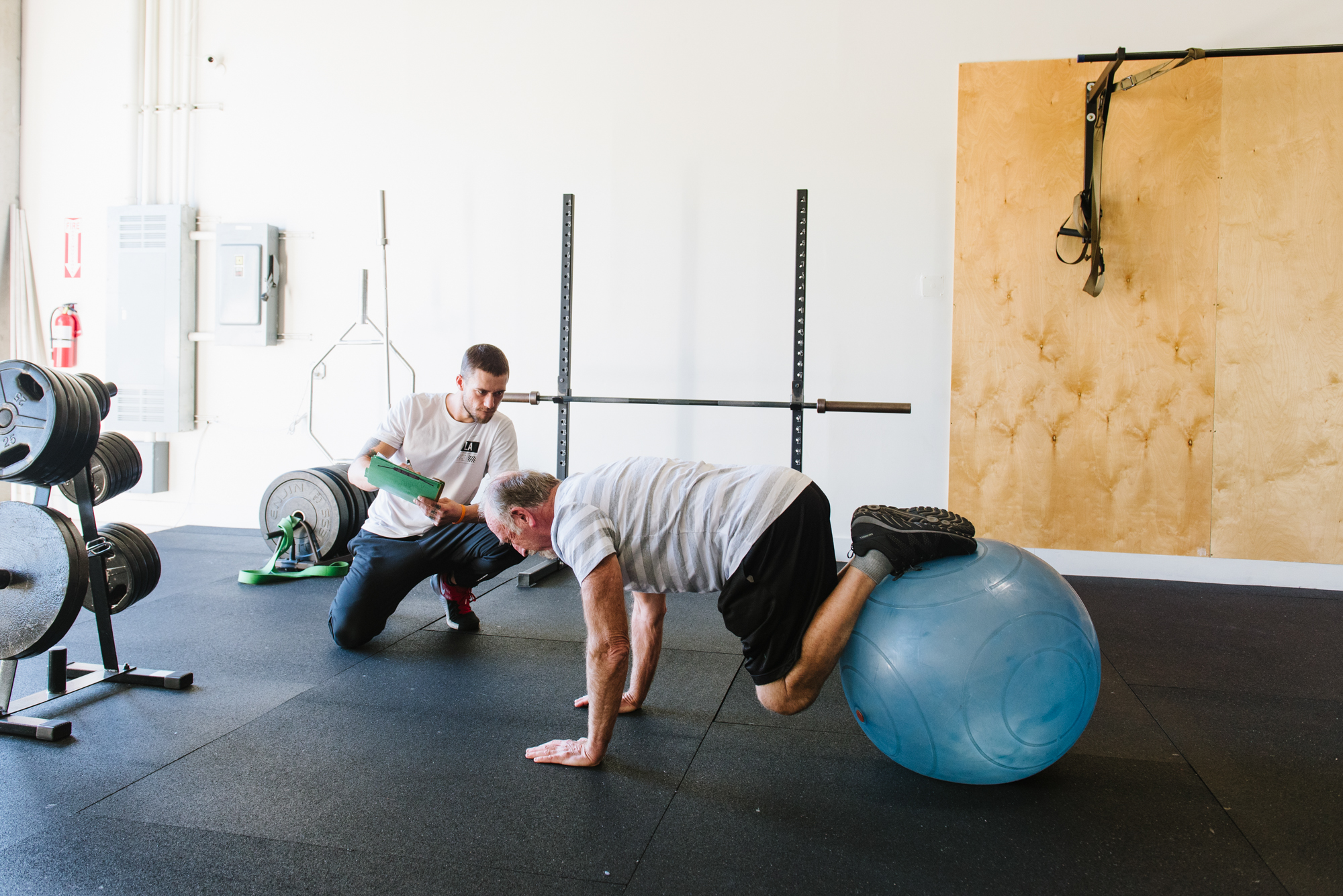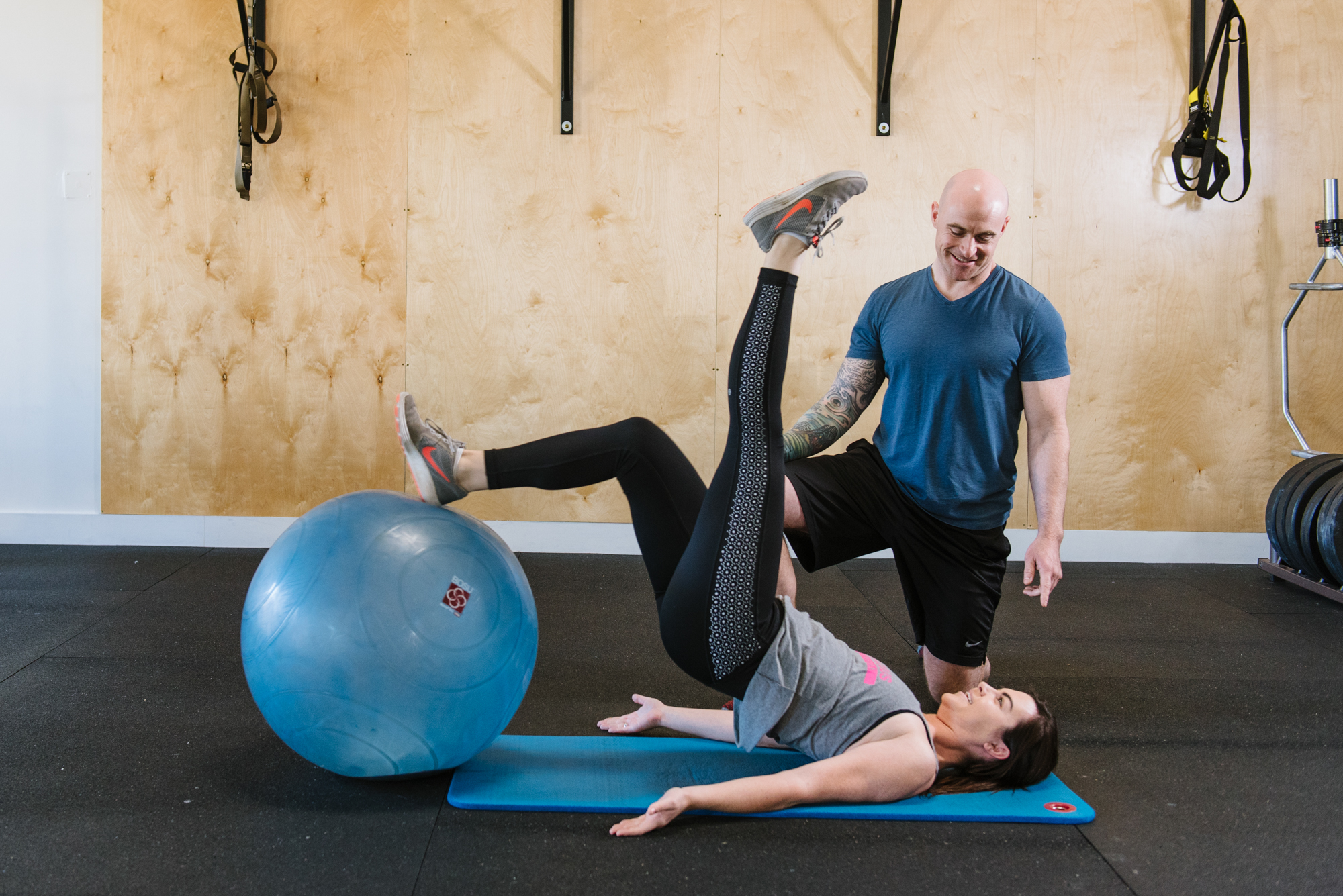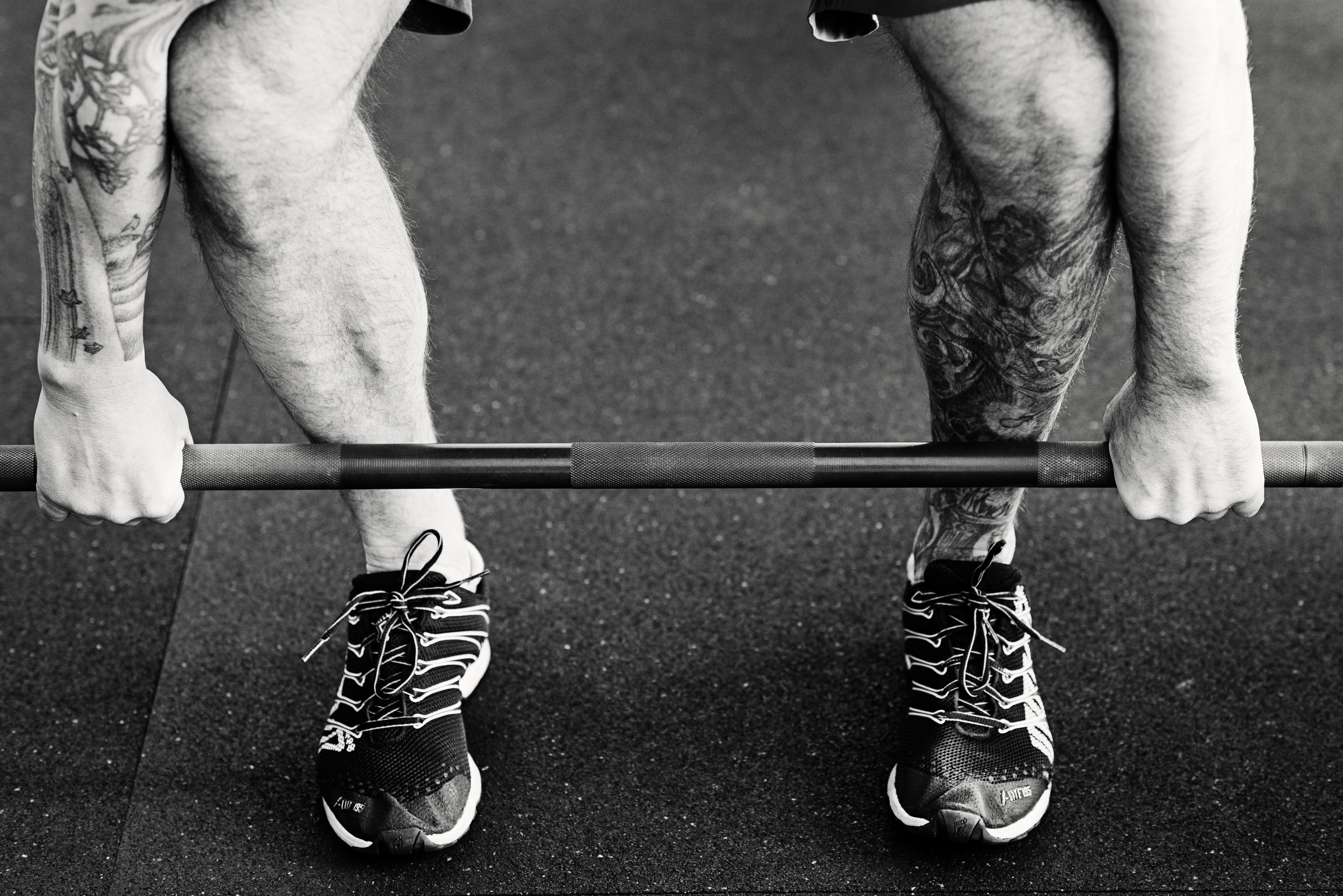A mad dash from the Narita airport, figuring out how to turn on the network and Wifi connection on my phone, and hoping that we don’t get lost on the way out to find our private driver to our hotel triggerd my body to produce a bit of stress hormone to circulate throughout my blood stream. Needless to say, an increased heart rate, shaky hands, and a minor indication that I was hyperventilating, due to the small micro-quivers of my body, led me to believe I was feeling a little anxious as my wife and I stepped foot into a new world.
Fortunately, things weren’t as bad as I made them out to be. The driver hunted us down and ensured we were on our way to our hotel. Additionally, it appeared that my phone had connected to our out-of-country phone plan, and my test text messages, sent to my friends to let them know we had arrived in Japan, were successful. My apprehension of being lost in a place where no one spoke my language, my peripheral brain in the form of my phone not working, and us being deserted in the middle of nowhere slowly dissipated. We could not have enjoyed our two-week vacation to Japan more. We experienced the splendors of the picturesque country, ate food that we don’t usually see in the States, and took in the accommodating, organized, and uniquely intricate and rich culture of Japan.
After arriving at our hotel around midnight Japan time and “who knows what time it was” our time, I finally tapped the key card to our hotel room and stashed my suitcase in the nearest corner I could find. As I sat down to decompress from a full day of getting to the airport, taking a twelve-hour flight, and overcoming the anxiety experienced similar to what Tom Hanks felt when he was deserted on an island in Cast Away, I noticed I was wide awake in a time when my intuition was telling me that I should probably be tired after being awake for close to twenty four hours of enduring travelling logistics.
Could it have been jet lag? Being present in a different time zone in which my nocturnal and diurnal sleep-wake cycles were disturbed due to the lack of sunlight at a time when my body was used to seeing the light of day, when it was nighttime? Or, could it have been the leftover amount of adrenaline, epinephrine, and other catecholamines that caused my heart rate and blood pressure to increase from my mini panic attack earlier in the evening? Hard to say. It could have been one of those things, a combination of events, or I could have just been triggering my inner hypochondriac and looking too far into things. One thing I did know was that I was off. And I knew that to tame the psychological and emotional stress induced by travel, taking some time out to care for my body was a pivotal next step in establishing a sense of homeostasis to manage stress throughout my monumental travel experience in Japan.
Throughout my studies in exercise physiology in college, various mentorships, and therapy sessions, I found that one of the most effective tactics for relieving stressful situations was to focus on what was immediately in front of me. I tapped into the lessons my martial arts instructors and therapists taught me, a style of meditation that I’ve held onto for years, to alleviate situations similar to the fiasco of physiological, psychological, and emotional stress I was experiencing in my first few days in Japan. These lessons were simple and focused on something every human has in front of them and must do to function in any environment: breathe. To recalibrate my body and reduce the noise that causes me to worry, I made sure to take time out every morning to meditate and focus on my breathing.
Otherwise known as a breathing exercise to calm someone down, my breathing exercise consisted of closing my eyes and breathing through my nose ten times. I focused on long yet shallow breaths. There wasn’t a time limit on my breathing. I was the one who called the shots on my breathing. How long did it take? Who knows, who cares? Aberrant thoughts of how work was going at home, what our next travel plans were, or why I felt shaky didn’t seem to matter at the moment. I was working on my breathing because I knew that if I could breathe properly, I was in control. And if I were in control, I would be safe. That calmed me down. I dipped into this breathing tactic to temper the spikes of anxiety and stress I felt throughout my trip while I was away from home.
Sometimes, traveling can take the form of business, family visits, or venturing into unknown lands, like my epic journey to Japan. Being away from home base for a few days, or in my case, weeks, can produce feelings of separation anxiety from what is familiar at home. At home, I know my alarm clock is set for the times I prefer every morning, my phone always works, I have a car that’s right outside my door that can get me from point A to point B in a moments notice, and I can have the foods I want stored around me for me to summon at the snap of my fingers. Being away from home can evoke feelings that these things might no longer be there. These feelings of anxiety might not only be triggered by travel, but by undesirable news we might see or hear on social media, the newspaper, or from our friends. Additionally, the interactions in our careers might pose a challenge that triggers stress. However, like many things in life, this stress passes. Reflecting on my “welcome to Japan” panic attack, I’ve learned that stressful moments when travelling pass. One thing that we can control right away during anxiety-ridden moments is to focus on our breathing. Once we know we can breathe, oxygen nourishes our brain, heart, and skeletal muscles, allowing us to function like normal humans.
Sean McCawley, the founder and owner of Napa Tenacious Fitness in Napa, CA, welcomes questions and comments. Reach him at 707-287-2727, napatenacious@gmail.com, or visit the website napatenaciousfitness.com.


